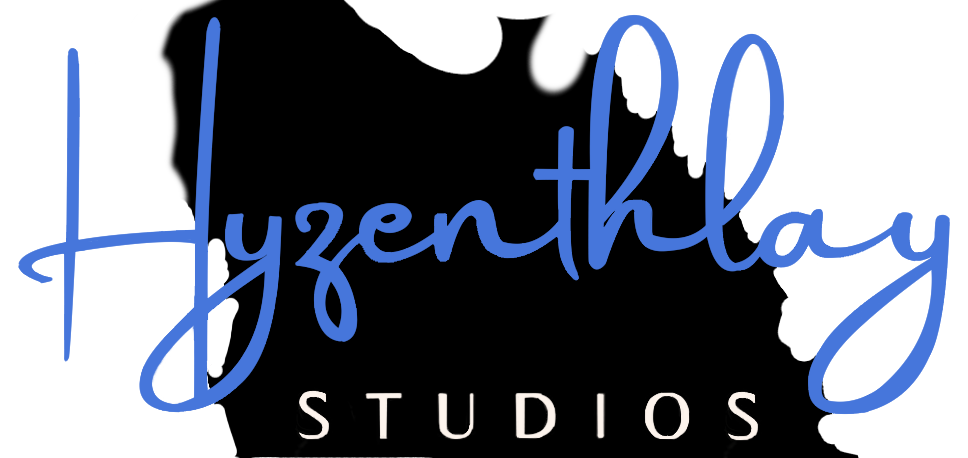The Essentials of Gakume
CHARACTER-DRIVEN
While some stories are plot-driven with characters that react to conflict (the dragon, the tornado, the alien invasion), in character-driven stories, the characters' choices determine the plotline. Choices are presented and decisions are made (or not made), which then determines the next arc of the plot. The characters act upon the resulting consequences, elevating personal risk and responsibility for later choices.
LYRIC-INFUSED
Lyrical songs literally replace script sections. If the songs were removed, there would be gaps in the story. While orchestration and underscoring can create atmosphere, it is the lyrics of the song, woven with the emotions of the characters, that move the story/plot forward.
motif-enhanced
A motif is a musical pattern or melody that accompanies a specific character or emotion. Motifs are an integral part of Gakume storytelling.
Character-specific musical motifs: Primary characters each have a uniquely inspired motif composed for them. The use of this motif will trigger impressions relating to that character. The motifs are woven into the composition, and the relevance of a character determines the use of that specific motif within a particular scene.
Emotion-based musical motifs: Orchestration expresses the emotional ambiance of the scene. Whether joy, despair, tension or contentedness—the music propels emotional waves as needed.
When combined, these motifs provide the foundation for powerful musical storytelling. Our composer identifies a character's relevance in a scene (e.g. Ichabod), utilizes that character’s motif within a plot-point (e.g. The Headless Horseman appears), and then modulates the timbre of the character’s motif based on the character’s emotion (e.g. Ichabod is afraid). Using this system, the essence of a storyline can be followed with music alone.

